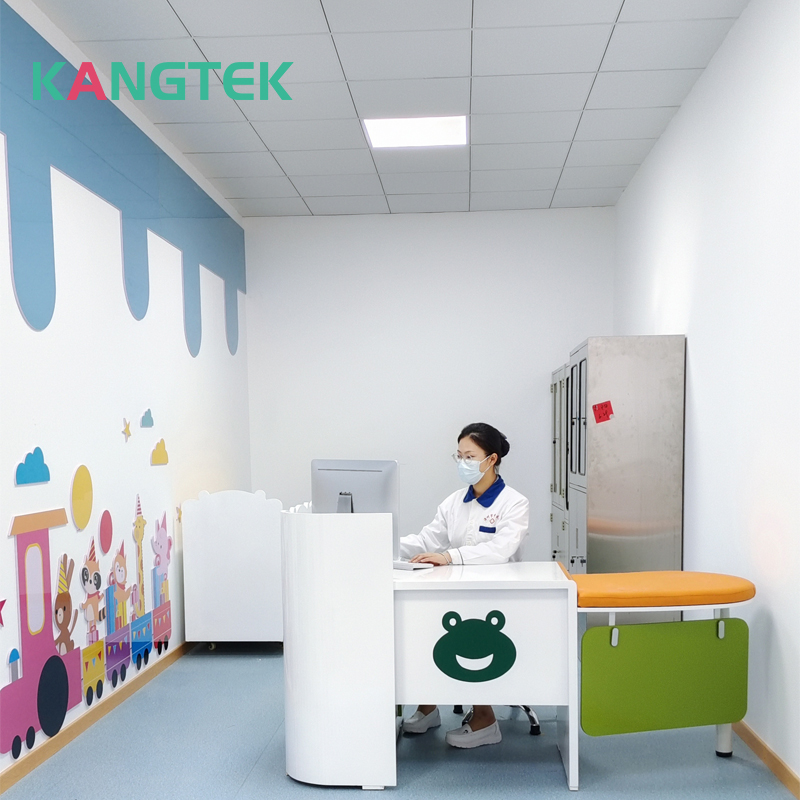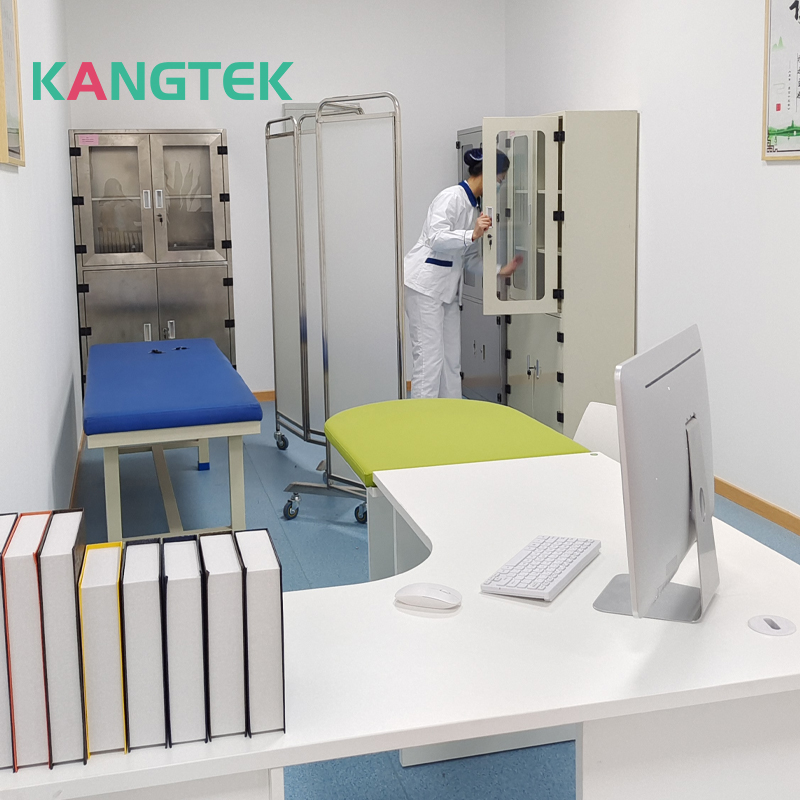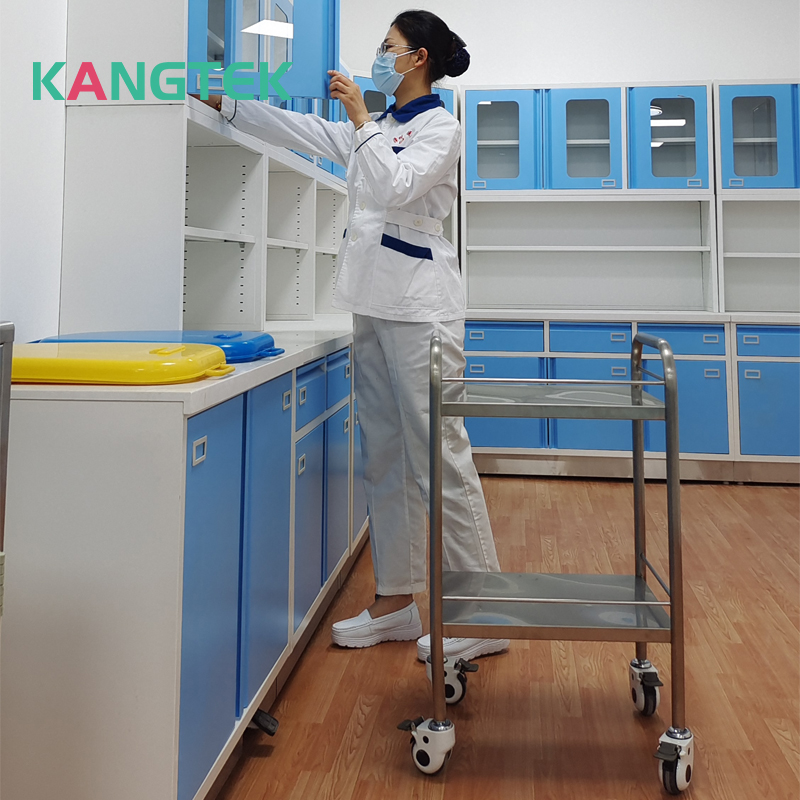In the dynamic landscape of healthcare, the importance of customized medical furniture cannot be overstated. Each healthcare facility has its unique requirements, be it in terms of functionality, space optimization, or aesthetic appeal. Customized medical furniture plays a pivotal role in ensuring optimal patient care, staff efficiency, and overall satisfaction. Here’s a comprehensive guide on how to tailor medical furniture to meet specific needs:

1. Assessment of Requirements : The first step in customizing medical furniture is to conduct a thorough assessment of the facility's requirements. This involves understanding the workflow, patient demographics, space limitations, and any specific needs unique to the institution.
2. Collaboration with Stakeholders : Effective customization requires collaboration between healthcare professionals, administrators, and furniture manufacturers. Engaging stakeholders from the outset ensures that the final product aligns with the facility's vision and operational needs.
3. Functionality and Ergonomics : Medical furniture should prioritize functionality and ergonomics to enhance patient comfort and staff efficiency. Customization may involve adjustable features, such as height, tilt, or width, to accommodate diverse patient populations and medical procedures.
4. Space Optimization : Customized medical furniture should be tailored to optimize space utilization within the healthcare facility. This may involve modular designs, compact storage solutions, or furniture with multifunctional capabilities to maximize floor space without compromising functionality.

5. Infection Control : Infection prevention is paramount in healthcare settings. Customized medical furniture should adhere to strict infection control standards, including the use of antimicrobial materials, seamless surfaces, and easy-to-clean designs to minimize the risk of cross-contamination.
6. Patient Experience : Enhancing the patient experience is central to healthcare delivery. Customized furniture can contribute to a welcoming and comforting environment for patients, whether through aesthetically pleasing designs, soothing colors, or features that promote relaxation and dignity.
7. Technological Integration : With advancements in healthcare technology, customized medical furniture can incorporate features such as integrated medical devices, built-in connectivity, or power outlets to support the seamless delivery of care and enhance workflow efficiency.

8. Compliance and Standards : Customized medical furniture must comply with relevant regulatory standards and industry guidelines. Manufacturers should ensure that their products meet safety, durability, and performance requirements, as outlined by regulatory authorities.
9. Flexibility and Adaptability : Healthcare environments are constantly evolving, necessitating furniture solutions that are flexible and adaptable to changing needs. Customized furniture should be designed with scalability and modularity in mind, allowing for easy reconfiguration or expansion as required.
10. Continuous Improvement : Customization is an ongoing process that requires feedback, evaluation, and continuous improvement. Healthcare facilities should solicit feedback from end-users and regularly assess the performance of customized furniture to identify areas for enhancement and refinement.
In conclusion, customizing medical furniture is essential for meeting the diverse and evolving needs of healthcare facilities. By prioritizing functionality, ergonomics, space optimization, infection control, patient experience, technological integration, compliance, flexibility, and continuous improvement, healthcare facilities can create environments that foster optimal patient care, staff satisfaction, and operational efficiency.

